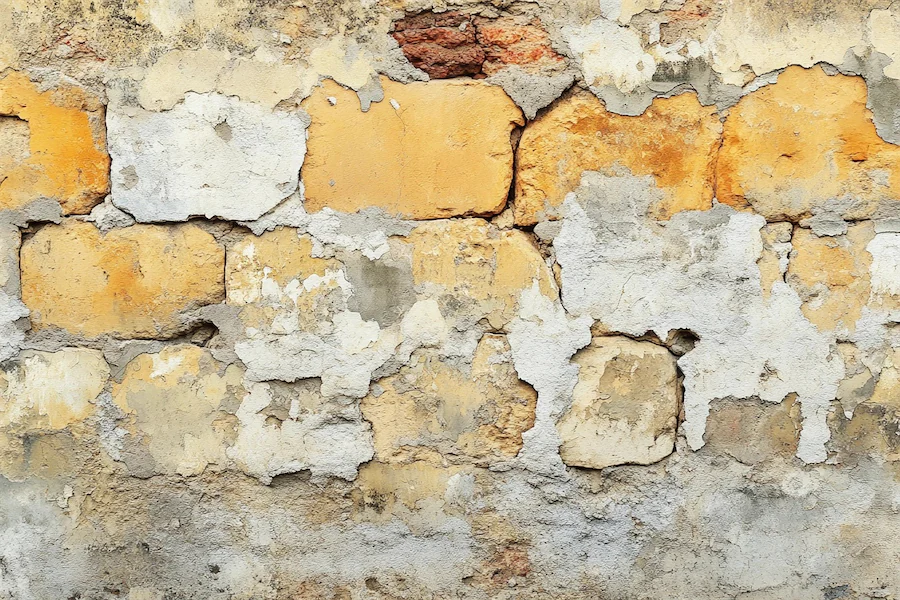Venetian plaster, also known as Marmorino, is a luxurious wall and ceiling finish that originated in ancient Rome and was later refined during the Renaissance in Venice. This technique involves applying multiple thin layers of plaster mixed with marble dust, which are then burnished to create a smooth, polished surface with the illusion of depth and texture.
Introduction to Venetian Plaster
Venetian plaster is renowned for its ability to mimic the appearance of polished marble or natural stone. The finish is achieved by applying several layers of plaster with a trowel or spatula, followed by a burnishing process that compacts the material, resulting in a glossy, marble-like surface. This finish not only adds a touch of elegance to interiors but also offers durability and longevity.
History and Origins of Venetian Plaster
The use of Venetian plaster dates back to ancient Roman times, where it was employed to imitate the look of marble surfaces. During the Renaissance, Venetian artisans refined this technique, making it a hallmark of Venetian architecture. The method was particularly favored in Venice due to the city’s high humidity; the lime-based plaster allowed walls to “breathe,” reducing the risk of trapped moisture and mold growth.
Key Features of Venetian Plaster
- Aesthetic Appeal: Venetian plaster provides a high-end, sophisticated finish that resembles natural stone, adding depth and character to any space.
- Durability: When properly applied and maintained, Venetian plaster is a long-lasting finish that can endure for decades without losing its luster.
- Eco-Friendly: Made from natural materials like lime and marble dust, Venetian plaster is considered an environmentally friendly option.
- Versatility: This plaster can be tinted to achieve a wide range of colors and can be applied to various surfaces, including walls, ceilings, and columns.
Applications of Venetian Plaster
Venetian plaster is versatile and can be used in various settings:
- Residential Interiors: Living rooms, bedrooms, and dining areas can benefit from the elegant finish of Venetian plaster, creating a focal point that enhances the overall design.
- Commercial Spaces: Hotels, restaurants, and retail stores often use Venetian plaster to convey a sense of luxury and sophistication to their clientele.
- Restoration Projects: Historic buildings undergoing restoration may employ Venetian plaster to replicate original finishes, preserving the architectural integrity of the structure.
Considerations When Choosing Venetian Plaster
- Cost: Venetian plaster is a premium finish, and the application process is labor-intensive, which can result in higher costs compared to standard painting or drywall finishes.
- Application Expertise: Achieving the desired effect with Venetian plaster requires skill and experience. It’s advisable to hire professionals trained in this technique to ensure a high-quality result.
- Maintenance: While durable, Venetian plaster surfaces should be cleaned with care to maintain their finish. Avoid harsh chemicals; instead, use a damp cloth for routine cleaning.
Conclusion
Venetian plaster is a timeless finish that brings a sense of elegance and sophistication to interior spaces. Its rich history, combined with its aesthetic and functional benefits, makes it a desirable choice for those looking to add a touch of luxury to their environments.
